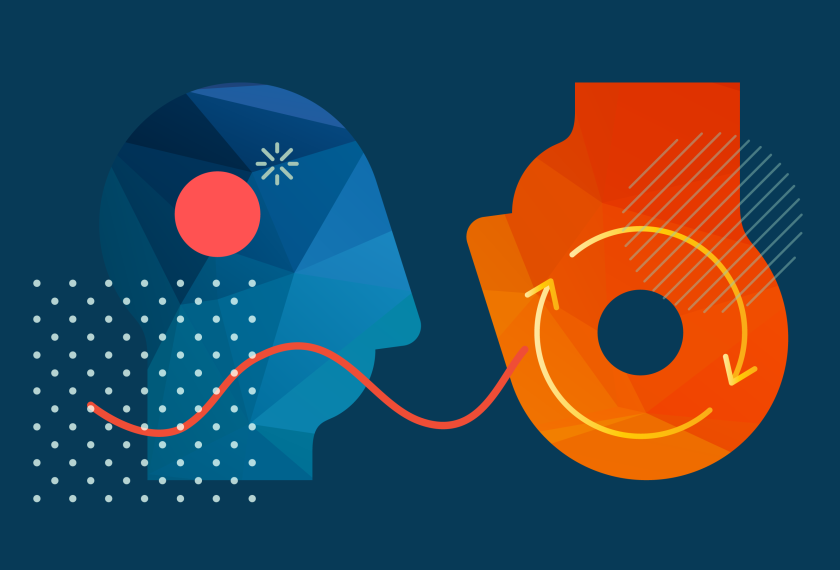The conspiracy theories hit social media minutes after the attempted assassination of former President Donald Trump at a Pennsylvania rally.
Some on the political left claimed—without evidence— that Trump staged the attack himself to appear heroic, even going so far as to argue that he used fake blood, Hollywood-style. Some on the right—again, without evidence—said the assassination was ordered by President Joe Biden, former President Barack Obama, or former Secretary of State Hillary Clinton.
Wildly inaccurate information exploding all over social media has become a routine reaction to major news events these days, whether it’s Russia’s invasion of Ukraine or the January 6, 2021 insurrection at the U.S. Capitol by Trump supporters claiming the 2020 presidential election had been stolen.
“Anytime you have breaking news, conspiracy theories will flood social media [even] as [factual] stories are developing,” said Pamela Brunskill, the senior director of education design at the News Literacy Project, a nonprofit that seeks to advance the development and teaching of news literacy in schools.
In fact, at this polarized moment in history, conspiracy theories following a significant news event like the assassination attempt on Trump are essentially “a given,” said Michelle Ciulla Lipkin, the executive director of the National Association for Media Literacy Education, a nonprofit that promotes media literacy as an essential life skill. “We know this is the pattern in the world in which we live in right now,” she said.
But educators can help students separate the facts—even as they are still being confirmed—from dubious fiction, experts said.
Here are three key steps to help students bring a critical eye to conspiracy theories:
1. Help students understand why conspiracies catch fire
There’s a reason people are drawn to conspiracy theories: They are often “exciting, fascinating narratives,” Brunskill said.
And they can be easy to wrap your mind around, especially if they fit with your own natural biases, she added. “Complex social issues and problems are rarely clear cut, but conspiracy theories provide people with simplified explanations, and usually someone or something to blame.”
What’s more, they “provide a sense of belonging,” Brunskill said. The communities that often emerge around even far-fetched conspiracies “provide believers with a sense of connection and purpose that we all need,” she said.
Conspiracy theories aren’t a new phenomenon. Anyone who has ever googled the painstakingly picked-apart Zapruder film, a home movie of John F. Kennedy’s assassination, knows conspiracies predate the growth of social media platforms by decades.
Precedents like that are “really key for students to understand,” Ciulla Lipkin said. “These patterns are historical.”
The big difference now is that conspiracy theories are more prevalent “because they’re able to spread faster” due to social media.
Teachers can use the attempted assassination to remind their students that the goal of social media companies is to keep people on their platforms for as long as possible. That often means showing them posts—including about wild conspiracy theories—that confirm their own opinions, as opposed to exposing them to a broad range of arguments and viewpoints.
“Mindless scrolling is one of the first things we do” after a major news event, Brunksill said. “That’s one of the biggest habits I think we need to break, allowing social media to feed you the information instead of controlling what you see.”
2. Ask students to use evidence to back up their beliefs
That’s why it can be helpful to ask students to take a pause and reflect on the information they’re ingesting, Brunskill added.
When teachers try to pick apart a particular theory, students may feel like they are “attacking them personally and their group,” Brunskill said.
Instead, teachers can ask students to explain why they believe something is true. What is the evidence behind it? “We want individuals to start talking and thinking through their logic on their own,” Brunskill said.
Students need to back up their arguments with information gleaned from credible, objective sources. Those sources, such as news organizations—are likely to have ethical guidelines and standards, be transparent about their reporting practices and sources of income, and cite sources from a range of perspectives.
“Try to ascertain if it’s somebody with a political motivation, if it’s somebody with a financial motivation, or a standard-based news organization that is there trying to inform you,” Brunskill said.
Students also need to be clear that, when they are reading a news article from a legitimate source, the information may initially be incomplete, especially in a rapidly unfolding story, she added.
There is almost always a time “gap between what the public wants to know and what information is available,” Brunskill said.
For instance, many mainstream news organizations did not initially report that the July 13 shooting was an attempted assassination because that couldn’t be immediately verified, Brunskill said. Later, conservative critics complained on social media that mainstream outlets were trying to downplay the seriousness of the event.
“I think that’s part of the issue, that most people don’t understand the practice of journalism,” Ciulla Lipkin said.
3. Remind students that images can be manipulated
Students have already seen how artificial intelligence can be employed to create fake images, audio, or video. These so-called “deepfakes” have affected everyone from Taylor Swift to high school students. And they often surface to bolster conspiracy theories in the wake of a breaking news event.
For instance, in one doctored image that began circulating shortly after the attempted assassination, a U.S. Secret Service agent appears to be smiling while trying to help Trump get to safety.
The photo lends credence to the inaccurate but widely circulated theory that the Secret Service allowed the attack to happen, either to advance Biden’s electoral chances or to make Trump appear heroic.
These manipulations provide a jumping-off point for a broader conversation about how “fake images can further convolute information,” following a politically-charged news event, Brunskill said.





